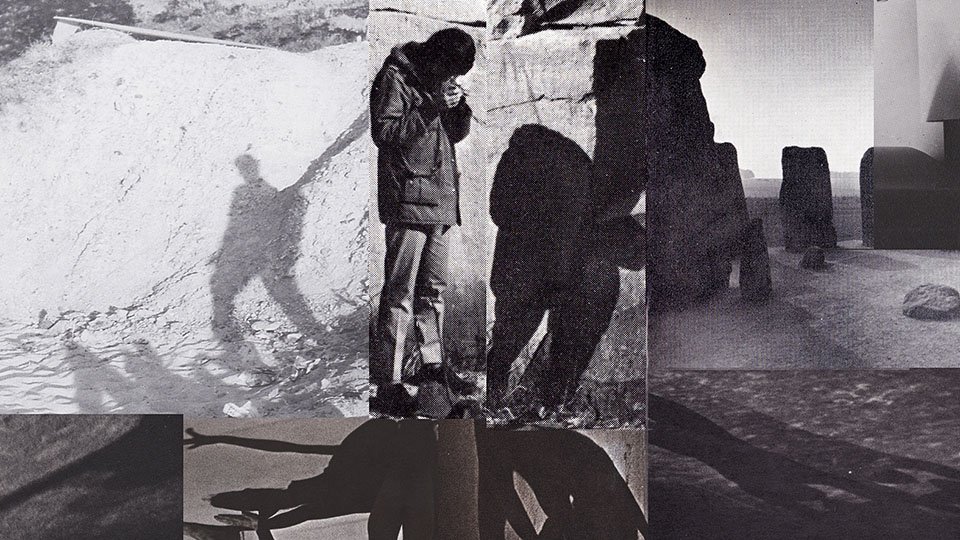Lillian O’Neil—Evening (Wall commission #3)
Lillian O’Neil works in large scale analogue photomontage. Her works have their origins in vintage books found in archives, research libraries or second-hand book shops. Images are selected, scanned, enlarged, printed, cut and collaged together, and in their juxtaposition, new and unexpected narratives emerge. The composite images are an interplay between analogue and digital, mechanical and manual, original and reproduction, micro and macro, past and present.
O’Neil has stated:
The books date from the pre-internet era and collectively they form an interesting record of printing methods, paper and photography ... By grouping and sorting, the repetitions in the styles and habits of a multitude of photographers and subjects are revealed and when enlarged the offset printed dots and the aged papers are visible, in a way revealing their analogue materiality even more readily than the originals … [The process] of scanning and enlarging, allows me to ‘zoom in’, with the result that the montage becomes a scene, or perhaps a sort-of film still from a larger, undefined narrative.
Chance, intuition and design are integral to the collage process and in the rearrangement of paper fragments—and their dissociation from their original context—the images assume a heightened abstraction and allusive potential.
Evening is composed of images sourced from books on subjects as diverse as the prehistoric monument Stonehenge, surfing, mining, dance and theatre. The work is also informed by literature and art history. During its making, O’Neil listened to a podcast reading of excerpts from British author VS Naipaul’s The Enigma of Arrival (1987). Naipaul’s largely autobiographical novel exploring concepts of time and place took its title—and first edition cover image—from Italian artist Giorgio de Chirico’s 1912 painting The Enigma of the Arrival and the Afternoon. In de Chirico’s set-like composition, architectural forms cast geometric shadows and two mysterious figures appear within an otherwise unpopulated cityscape.
According to O’Neil:
… what the book and the painting have in common is a sense of time slowed, and a consciousness of the relationship between shifting light and mood [or] inner states. Evening is perhaps the most redolent time of day to observe this relationship, being the liminal state between night a day. The evening light seems to make objects lose their solidity; it makes shadows stretch and time slow.
COVID–19 Safety
Please remember to follow our Covid Safety measures to continue keeping our community safe. We ask that you check-in when you arrive, wear your mask when indoors, utilise the sanitisation stations and continue to physically distance.


